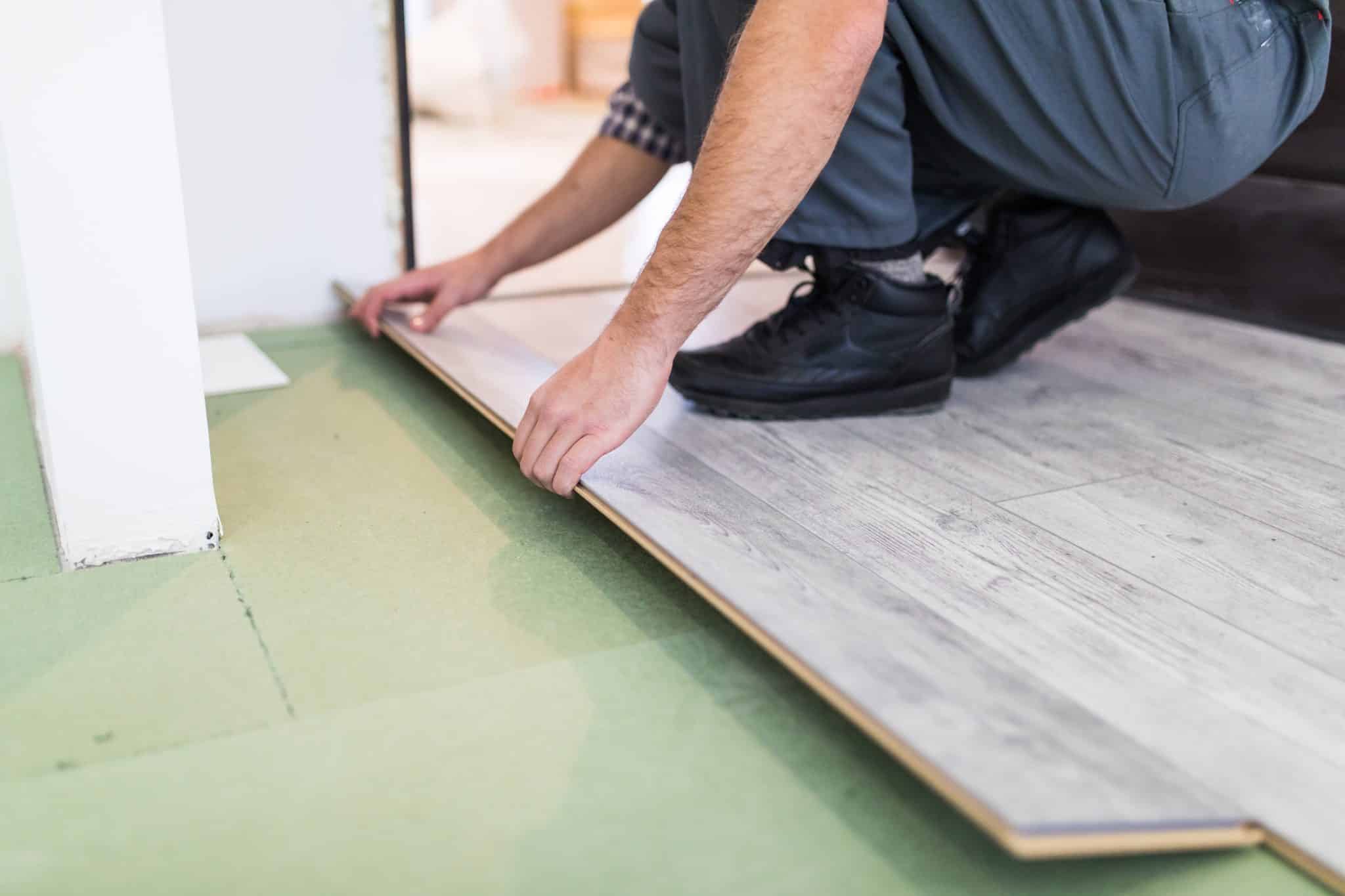The colors we surround ourselves with do more than just please the eye. They influence our mood, behavior, and even our purchasing decisions. When it comes to selling your home, the psychological impact of your flooring color choices can significantly affect how potential buyers perceive your property and, ultimately, what they’re willing to pay for it.
We spoke with Ben Herbert, Director at online luxury carpet store Designer Carpet, about the powerful role color psychology plays in flooring and how homeowners can leverage this knowledge to maximize their property’s value.
The Subtle Power of Neutrals
Light, neutral-toned flooring continues to dominate the market for good reason. Beiges, taupes, light grays, and soft whites create a sense of spaciousness that buyers instinctively value.
“Neutral floors act as a canvas that allows buyers to project their own vision onto the space,” Herbert explains. “The human brain processes these colors as calm and versatile, which translates directly into perceived value. We consistently see homes with well-chosen neutral flooring selling faster and for higher prices.”
Research from the International Association of Home Staging Professionals supports this, noting that homes with neutral color schemes sell for 1-3% more than homes with more personalized color choices.
The Warm vs. Cool Debate
The undertones in your flooring, whether warm (yellow, red, orange) or cool (blue, green, purple), trigger different emotional responses in potential buyers.
“Warm-toned floors like honey oak or rich walnut create feelings of coziness and comfort, making them excellent choices for family rooms and bedrooms,” says Herbert. “Cool-toned options like ash gray or slate blue evoke a sense of spaciousness and sophistication that works beautifully in kitchens and bathrooms.”
Herbert notes that matching these psychological effects to the function of each room can significantly enhance a property’s appeal. “When the flooring color aligns with how buyers want to feel in that particular space, it creates an emotional connection that often translates to stronger offers.”
Dark Floors: A Double-Edged Sword
Dark flooring makes a bold statement and can signal luxury and elegance. However, it comes with psychological considerations that sellers should be aware of.
“Dark floors create a sense of grounding and solidity that can feel very sophisticated,” Herbert says. “But they can also make spaces feel smaller and more enclosed if not balanced properly with lighter elements elsewhere in the room.”
The key to successfully using dark flooring, Herbert advises, is ensuring ample natural light and using lighter wall colors to create contrast. “When done right, dark floors create a dramatic backdrop that makes furniture and architectural features stand out, which is something that luxury buyers often respond positively to.”
The Rising Value of Natural Tones
As environmental consciousness grows, buyers are increasingly drawn to flooring in natural, organic tones.
“There’s a profound psychological comfort in colors that connect us to nature,” Herbert observes. “Raw oak, gentle bamboo tones, and stone-inspired grays tap into our innate biophilia, which is our connection to the natural world. This creates a sense of wellness and balance that today’s buyers are willing to pay a premium for.”
This trend toward natural aesthetics is particularly strong among millennial buyers, who consistently rank sustainable features and natural materials among their top priorities when house hunting.
Regional Color Psychology
Interestingly, the psychological impact of flooring colors can vary by region, influenced by factors like climate, cultural preferences, and architectural styles.
“In warmer regions, lighter floors that psychologically ‘cool’ a space often command higher prices,” Herbert notes. “While in colder climates, warm-toned woods that make homes feel cozier and more inviting can be the better value proposition.”
Herbert recommends that sellers consider their local market’s preferences when choosing flooring. “What works in a beachside property might not have the same psychological appeal in an urban setting or rural location. Understanding your buyer demographic is crucial.”
Color Transitions and Flow
The way different flooring colors transition throughout a home can create either psychological harmony or discord for potential buyers.
“The human brain craves visual consistency,” Herbert explains. “Abrupt changes in flooring color can create a sense of disconnection that subtly signals ‘problem’ to buyers, even if they can’t articulate why.”
For open-concept homes, Herbert recommends color choices that create a sense of flow. “Complementary colors that transition smoothly from space to space create a psychological sense of wholeness and completeness—a subliminal signal that the home is well-designed and well-maintained.”
Expert Tips for Choosing a Color
When advising clients on flooring color choices with resale in mind, Herbert offers these guidelines:
- Consider lighting: “The same flooring can look dramatically different under various lighting conditions. Always test samples in your actual space at different times of day.”
- Respect architecture: “Traditional homes often benefit psychologically from classic wood tones, while contemporary spaces can support more modern color choices.”
- Think long-term: “Extremely trendy colors might create initial excitement but can quickly date your home. Choose colors with staying power that will appeal to buyers for years to come.”
- Create contrast: “The psychological impact of your flooring color is influenced by its relationship to your wall colors and furnishings. The right contrast can make both elements shine.”
- Sample properly: “Never choose based on tiny swatches. The psychological impact of color changes dramatically at scale.”
“The most successful flooring color choices are those that create an emotional connection while still allowing buyers to envision their own lives in the space,” Herbert says. “It’s about finding that perfect balance between character and neutrality, statement and subtlety.”








